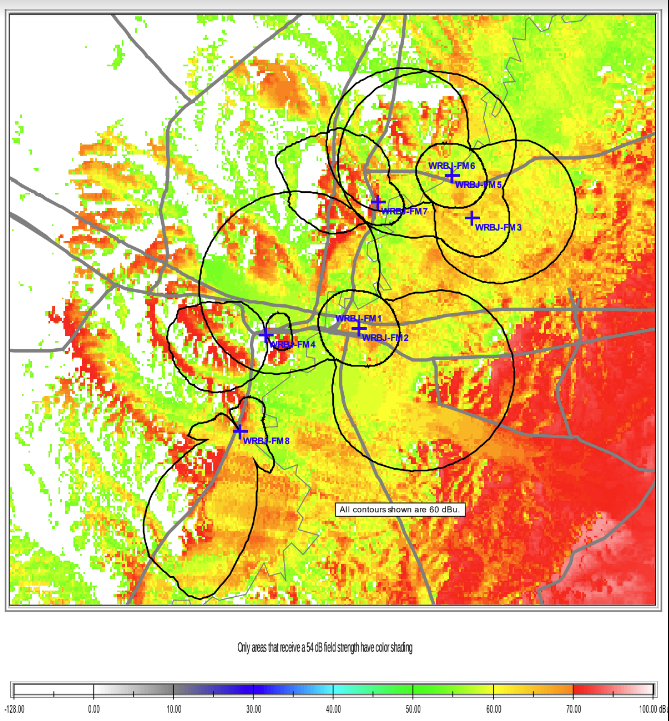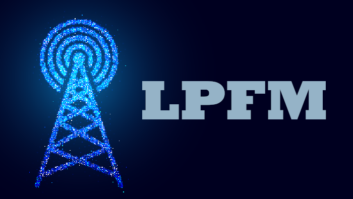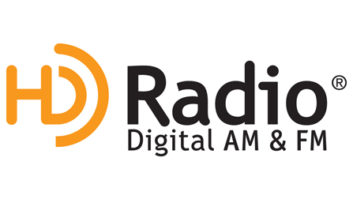REC Networks believes the FCC is ignoring the Local Community Radio Act (LCRA) while vetting the geo-targeting FM booster system from GeoBroadcast Solutions (GBS).
The LPFM advocate, in a new filing to the commission, cites the statutory implications of licensing new FM boosters in well-served areas where no “community need” has been expressed.
ZoneCasting uses a series of FM boosters to carve out segments of a broadcaster’s coverage area to geo-target programming and commercials for short periods of time. The technology has been heavily scrutinized by NAB. GBS believes ZoneCasting is viable and allows radio broadcasters to super-serve very specific parts of their coverage areas with particularly relevant advertising and information.
REC Networks contends that while the FCC considered the LCRA in recent rulemaking proceeding for LPFM, LCRA was suddenly forgotten by the commission when evaluating “needs of the community” when it came to licensing new FM translator stations in Auctions 99 and 100.
“And so far, in the record of this (GBS ZoneCasting) proceeding, the LCRA has not been mentioned by stakeholders nor the commission, even though it should be,” REC Networks said in its recent filing. “The booster boom proposed by GBS must be evaluated under the LCRA.”
Michelle Bradley, founder of REC Networks, made the assertion after reviewing data from two recent experimental tests of the GBS geo-targeting FM booster system. The FCC earlier this year asked for comment about the experimental field tests at KSJO(FM) in San Jose, Calif., and WRBJ(FM) in Brandon, Miss.
To briefly review, President Obama signed the LCRA and enacted it into law in 2011. The LCRA was compromise legislation between LPFM interests, the National Association of Broadcasters and other interests representing LPFM and full-service broadcast owners, according to REC Networks.
A section of the LCRA commits the FCC, when licensing new FM translator stations, booster stations and low-power FM stations, to ensure the following:
- Licenses are available to FM translator stations, FM booster stations, and low-power FM stations;
- Such decisions are made based on the needs of the local community; and
- FM translator stations, FM booster stations, and low-power FM stations shall remain equal in status and secondary to existing and modified full-service FM stations.
REC Networks previously proposed the FCC adopt a Community Need Criteria (see supplementary information below) which establishes whether a proposed FM booster is being used for the technology’s intended purpose, which is to provide fill-in coverage with a station’s 1 mV/m contour where service of the primary station is otherwise obstructed by intervening terrain or other reasons.
[See Our Business and Law Page]
REC, which opposes the concept of ZoneCasting, argues criteria that constitute “community need” justified the placement of experimental boosters for geo-target testing at KSJO, but not at WRBJ.
“The two reports submitted by GBS do an excellent job of demonstrating both, the right reason to add an FM booster (KSJO) and the wrong reason to add a booster (WRBJ). Boosters are intended to fill in gaps in coverage within the primary station’s service contour as a result of intervening terrain,” REC commented.

When the commission first authorized FM boosters, the intent of the service was to provide low-powered facilities to fill in gaps in coverage due to terrain and other factors, especially in mountainous areas such as the western United States, according to REC. “In these cases, the public would benefit from a radio service being added to their area that would otherwise not be received. Therefore, there was a ‘community need,’” REC commented.
REC in its filing seeks several things from the FCC: “First and foremost, the Commission must acknowledge that the LCRA does not just apply to LPFM stations, but also applies to FM translators and FM boosters. Before any rulemaking is adopted, the Commission is obligated by statute to assure that new licenses for LPFM stations, FM translators and FM boosters are issued based on community need and not solely on station want.
[Related: “HD Radio Developer Takes Close Look at ZoneCasting“]
Secondly, REC proposes the commission’s rules be amended to also apply to FM booster applications. “Currently, an FM translator, LPFM or even a full-service station has no documented recourse against an interfering or potentially interfering FM booster until after the FM booster is constructed and is causing interference. With the amount of time it is taking for the Commission to address these interference packages, it could cause significant damage to the incumbent station that the proposed FM booster may interfere with.”
As for the GBS ZoneCasting technology, REC previously concluded that geo-targeting does nothing to increase diversity in broadcast ownership.
“Instead, it only makes a few, select, diverse owners even stronger while foreclosing on future opportunities for other groups seeking to be heard,” REC told the FCC. “The ability for broadcast stations to exclude certain programming and services from one area, especially within the community of license in favor of more affluent gold coast areas creates a new form of socio-economic redlining and discrimination…there is no public outcry for FM boosters that will cover up well received FM stations in order to place ads. Stations should be focusing first on their community of license and not the so-called ‘gold coast’ portions of their service contour.”
REC concludes: “We need to fix the FM booster rules, but we need to do it in a manner that is consistent with the original intention of FM boosters and do it in a manner that complies with federal statutes. Geo-targeted content does not meet that criterion.”
Supplementary information
Michelle Bradley, CBT, explains the steps in the Community Need Criteria developed by REC Networks and proposed to the FCC as a method to demonstrate community need when licensing a new FM booster pursuant to LCRA:
- Draw a 60 dBu contour of the proposed FM booster.
- Determine the population inside of that 60 dBu contour.
- Run a Longley/Rice propagation study of the proposed booster’s primary station.
- Measure the population inside of the 60 dBu of the proposed booster that is notpredicted to receive a 54 dB or stronger field strength from the primary station.
- If that population is more than 40% of the overall 60 dBu (as measured in step 2), then community need is met.
Bradley tells Radio World she has received no indication from the commission about how it feels about her proposal nor the FCC’s position on enforcing LCRA.










